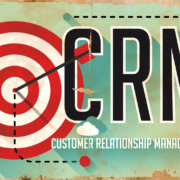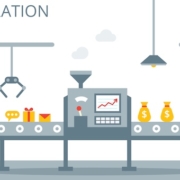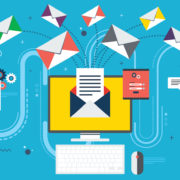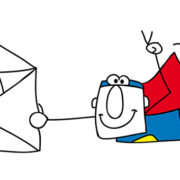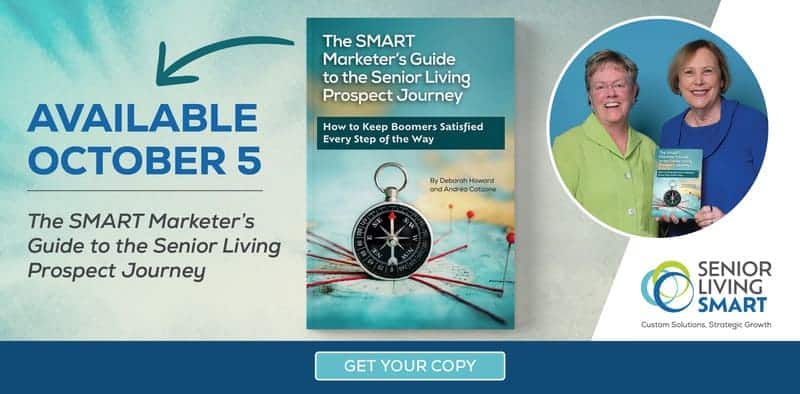Our Senior Living Marketing System
We recently became part of Duct Tape Marketing, a network of marketing agencies and consultants from around the world.
As the Duct Tape Marketing website explains, “Duct Tape Marketing is founded on the simple belief that marketing is the most important small business system. And we just so happen to believe that small business owners are the true heroes of business, so we’ve made it our mission to build, train, support, and teach small business marketing strategies and tactics to as many of these heroes as possible.”
For us, we joined Duct Tape Marketing for three reasons:
- We wanted to bring in thought leadership from outside the senior living industry.
- We wanted to participate in a community of professionals who are as passionate about marketing as we are.
- We wanted to use a proven system that simplifies digital marketing.
Being a part of the network has helped us refine how we work with our clients. This has resulted in our ability to offer clients more choices, dependable delivery of work within budget and timeframes, and consistent results.
So, what is this marketing “system” that Duct Tape promotes? The system’s foundation involves creating three levels of marketing support: Build, Grow, and Ignite.
For the Build phase, we create a solid digital foundation that enables prospects to easily find your senior living community.
A strong digital foundation includes many components:
- Optimizing the senior living community’s Google My Business and Facebook accounts
- Updating all website directories with relevant and compelling text
- Setting up effective reputation management
- Making sure Google Analytics and Tag Manager are connected
- Evaluating the senior living website for opportunities to improve speed and conversions
- Completing an SEO audit of the website and the websites of the community’s competitors
Once that work is complete, we move into Grow.
This is when we focus on content, such as . . .
- Writing keyword-rich blog posts about topics that prospects are searching for
- Creating e-books, guides, videos, and infographics so prospects will have something to engage with once they land on your site
When it comes to content, we create compelling pieces for all stages of the prospect journey so they will keep coming back to your website. With this new content, we can also optimize a variety of social channels (think Facebook, Instagram, and even Pinterest). In addition, we often start (or re-start) a monthly email newsletter to re-engage existing leads.
Then, we move to Ignite.
We fire up the lead generation turbo booster known as marketing automation. Marketing automation offers many benefits, but the biggest one is that it automatically scores and segments leads.
Remember, not all leads are created equal! Some leads are in the early stages of their journey, conducting research. They have no interest in talking to sales—yet. Other leads need to decide soon. And still other leads will fall somewhere in between.
How you treat different leads will—and should—vary, based on where the lead is in their journey. Your marketing team will work on nurturing the “not ready” leads (i.e., marketing-qualified leads or MQLs). In the meantime, the sales team will work on the sales-qualified leads (SQLs).
The marketing automation system makes this process seamless, by automatically serving up the SQLs to the sales team (and, ideally, your senior living CRM). For the MQLs, the marketing automation funnels them to appropriate lead nurturing workflows based on how they engaged with your site and what answers they provided on opt-in website forms.
This saves everyone time, and it increases conversions, since your sales team will only be focusing on high-intent leads rather than ALL leads.
During the Ignite phase, we often implement paid advertising to increase the number of qualified prospects coming to your site. We are good stewards of client budget. And we don’t recommend pursuing paid advertising until we reach the Ignite phase. After all, why waste money driving people to a bad website with poor navigation, limited content, and nothing to do when they get there?
This three-prong approach to senior living marketing has many advantages.
First, it aligns expectations and timelines for deliverables. Second, it keeps everyone focused on results. And, finally, it works! Interested in learning more? Let’s set up a complimentary 30-minute brainstorming session so we can discuss your senior living marketing and sales challenges.




